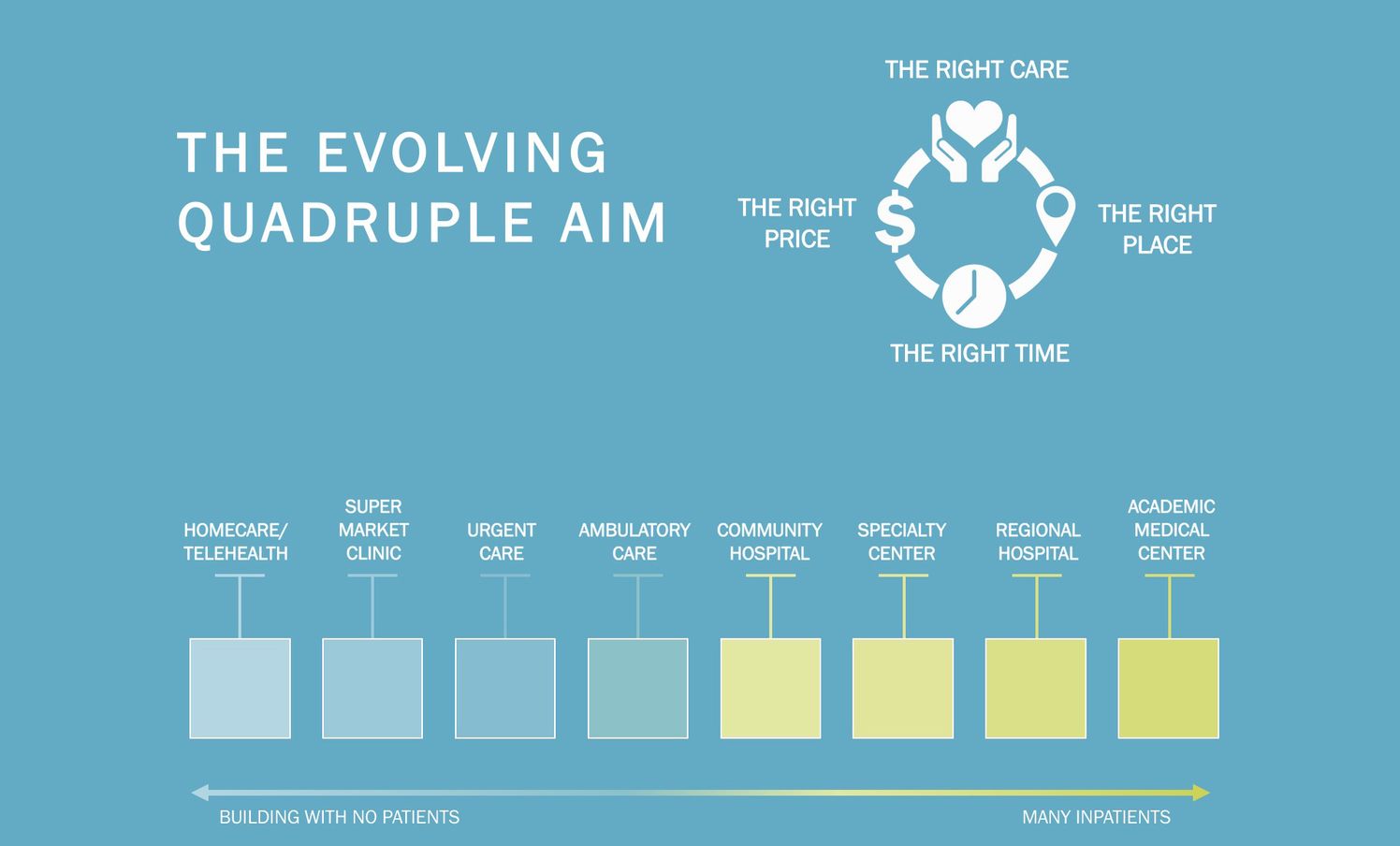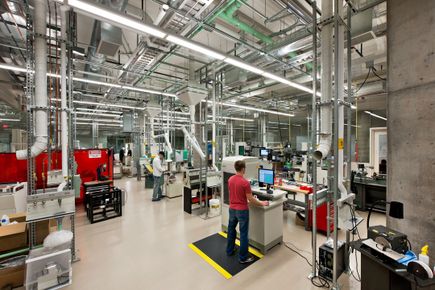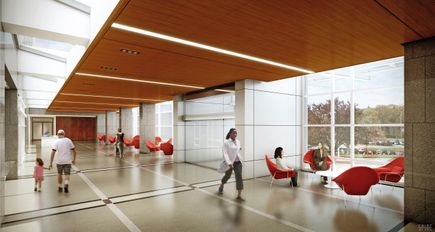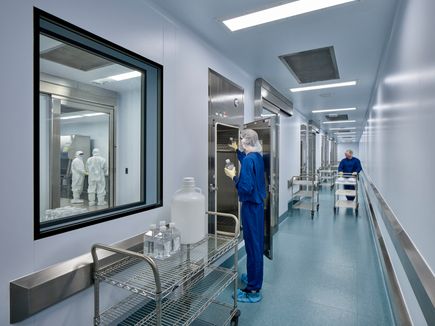The Evolving Quadruple Aim: Improving Public Health and the Importance of Place
Share

In 2007 the Institute for Healthcare Improvement (IHI) developed the Triple Aim framework, an approach to optimizing health system performance. The idea was to simultaneously improve the patient care experience, improve the health of a population, and reduce per capita healthcare costs. Ballinger Senior Principal Louis Meilink, Jr., FAIA, FACHA, ACHE paraphrases the goals of the framework as “delivering the right care for the right price at the right time.”
Given the impact of the Affordable Care Act and current trends in population health, today’s healthcare institutions and planners must also consider a fourth aim: the right place. The Evolving Quadruple Aim builds on the IHI framework to include the importance of place. By considering the location, scale and services provided within a facility, healthcare planners can optimize operations and improve population health.
Ballinger is studying the spectrum of healthcare from homecare and telehealth to academic medical centers. By understanding and balancing the benefits of on-demand access, tertiary and quaternary care, spaces for community use and other factors, Ballinger is studying and advocating for improved population health through the design of health facilities.
Louis Meilink and Senior Healthcare Planner Debbie Phillips, AIA, ACHA, EDAC, were invited to speak at the Fall 2016 Architecture-For-Health Lecture Series at Texas A&M University. The series, “The Global Impact of the Concept of Population Health on the Design of Health Networks and Health Facilities,” invites experienced public health and design professionals, who have programmed and designed healthcare facilities, to present on relevant themes. Louis and Debbie presented “Research-based Design: Fundamental to Architectural Excellence While Advancing Population Health” and answered questions from students, faculty members, design professionals and an international delegation. The presentation coincided with the annual meeting of the Texas A&M Center for Health Systems and Design’s Health Industry Advisory Council (HIAC).



